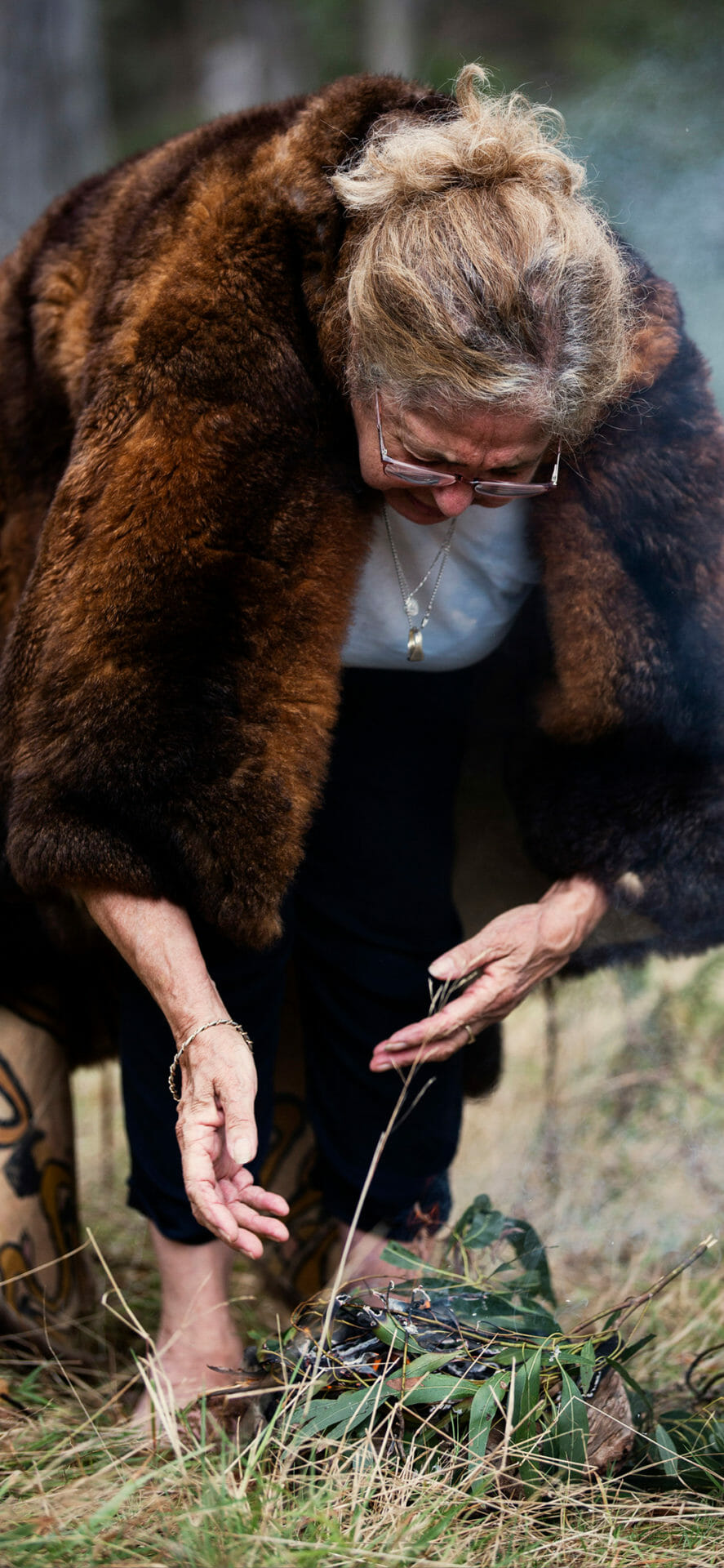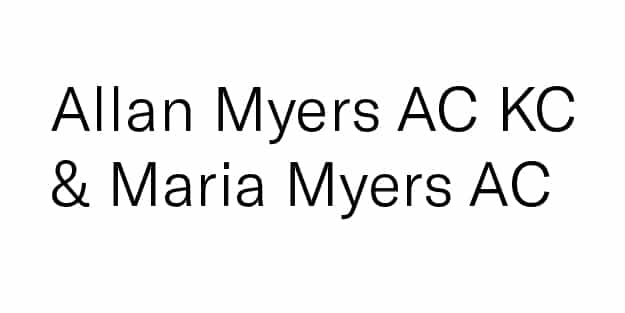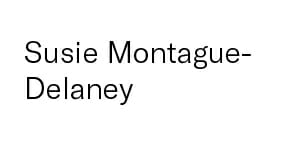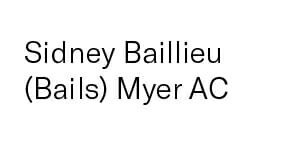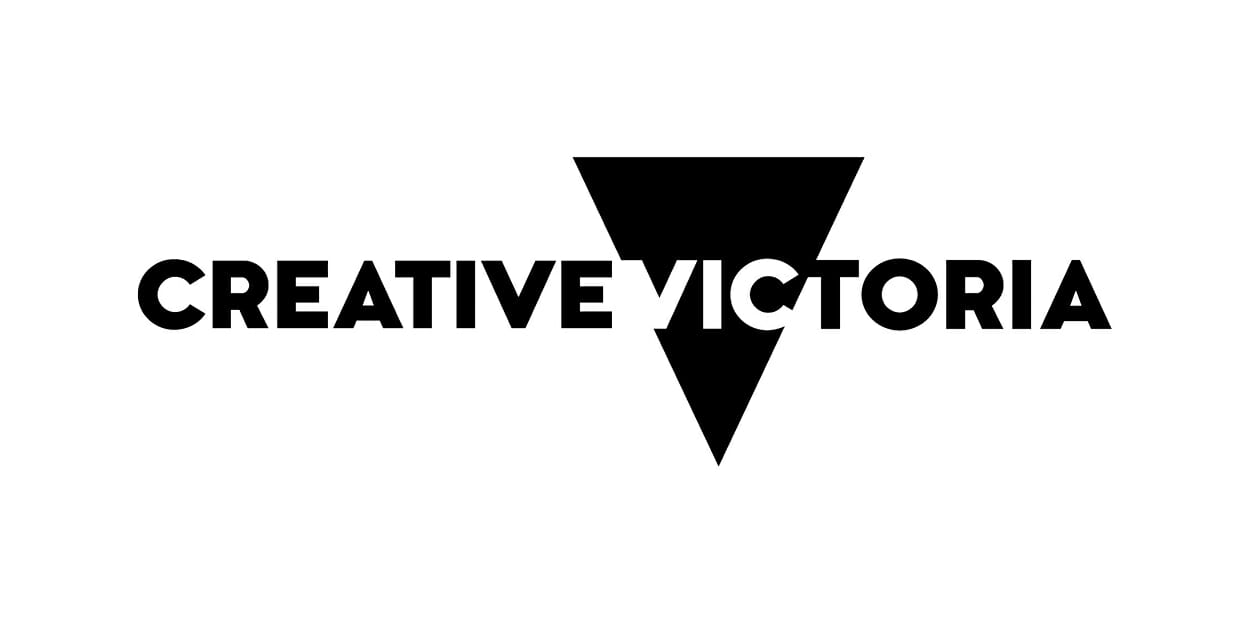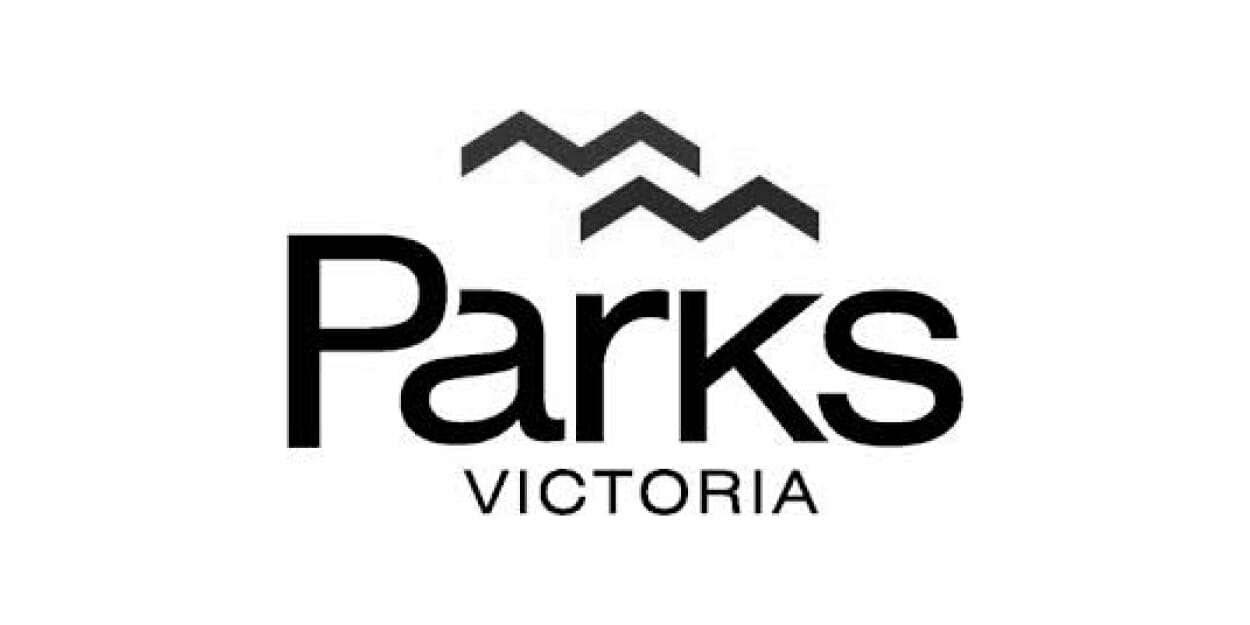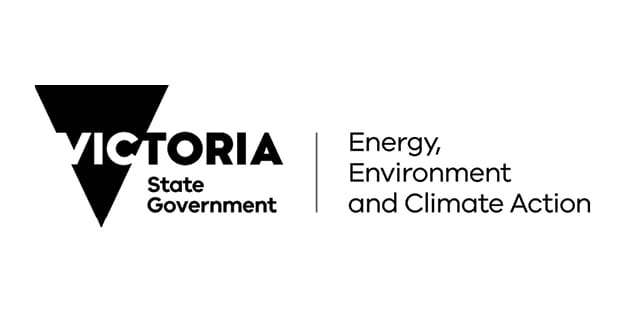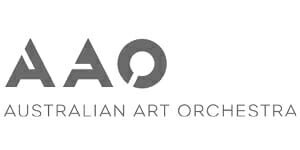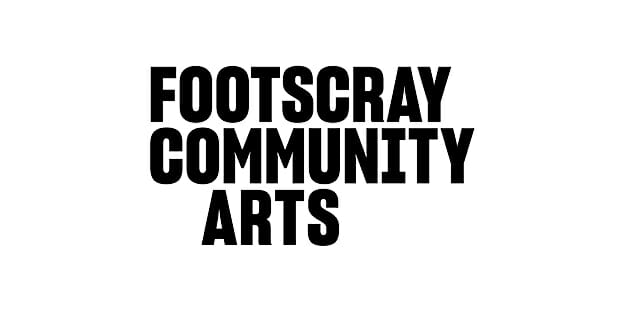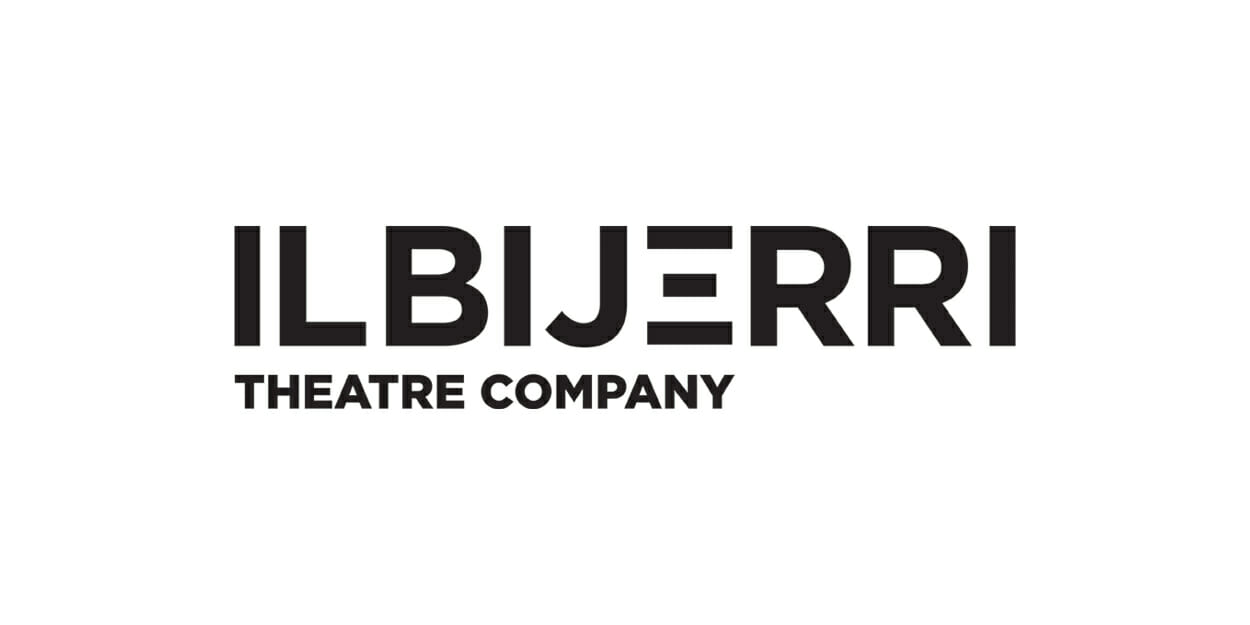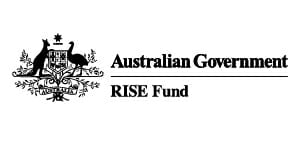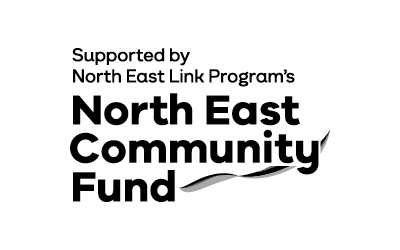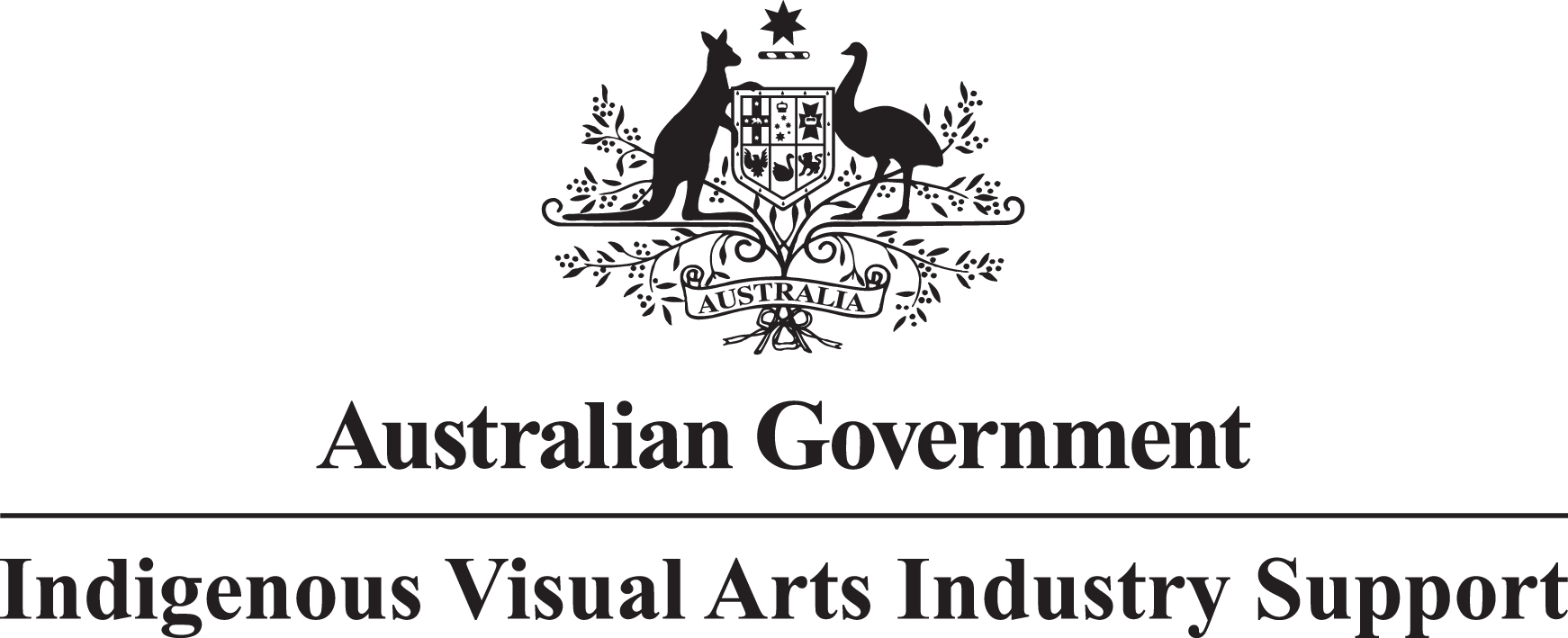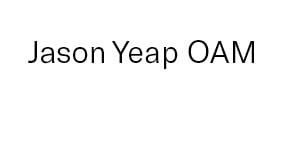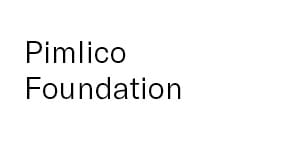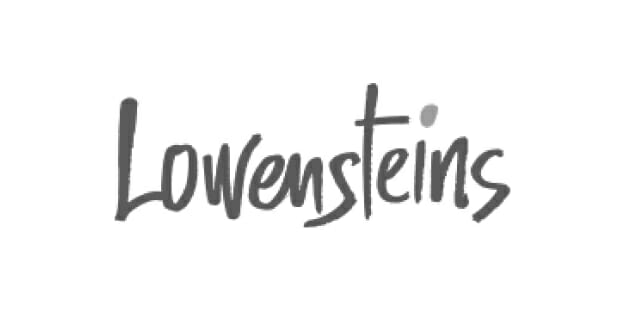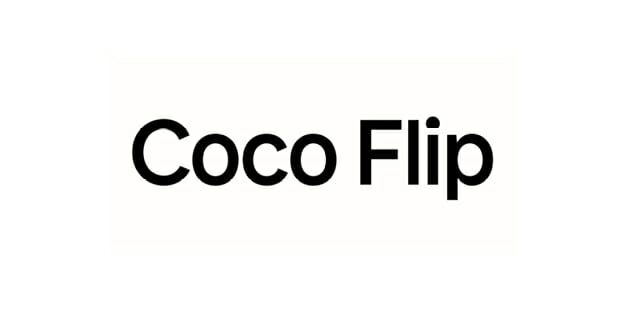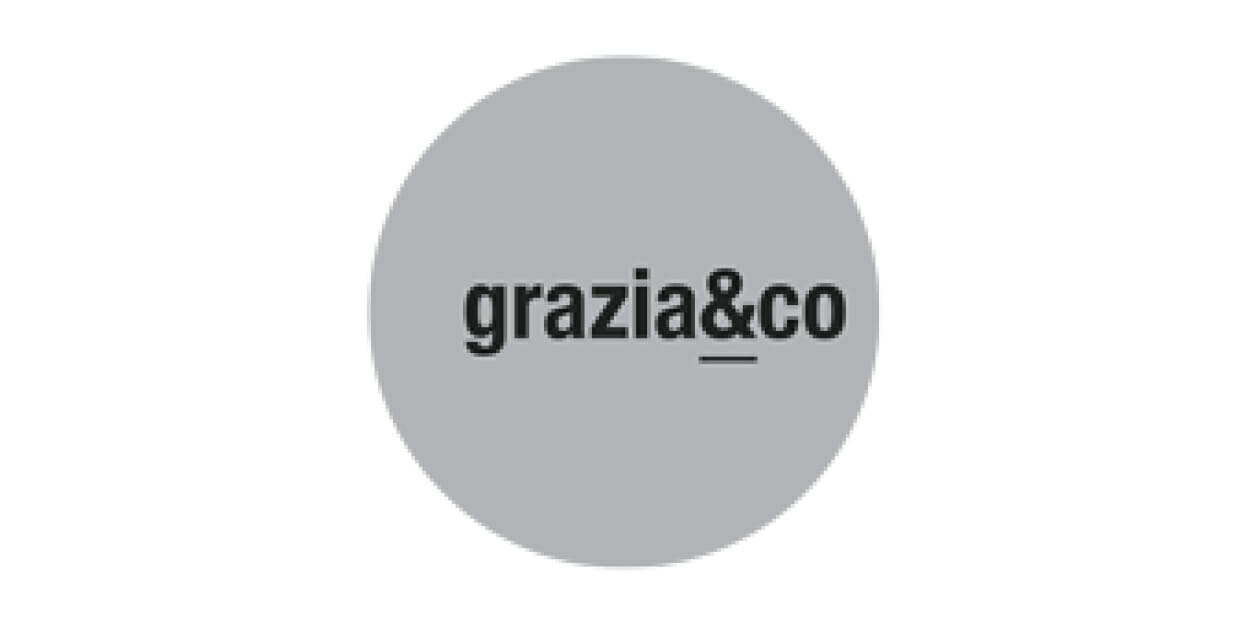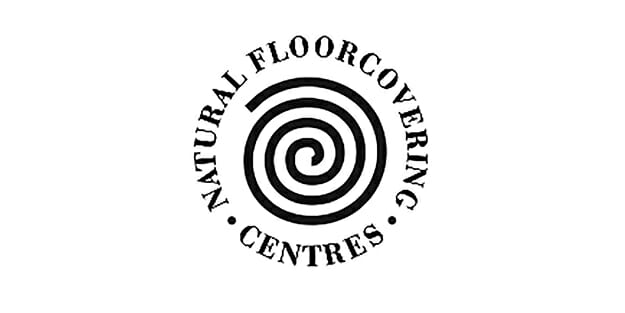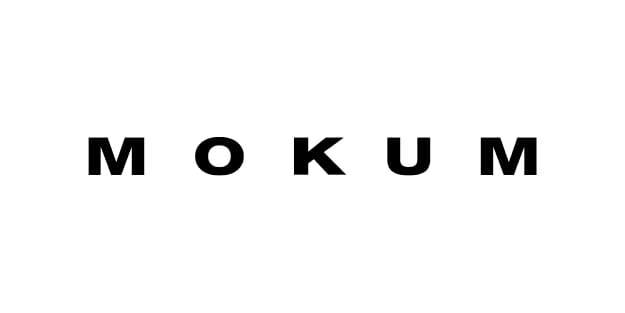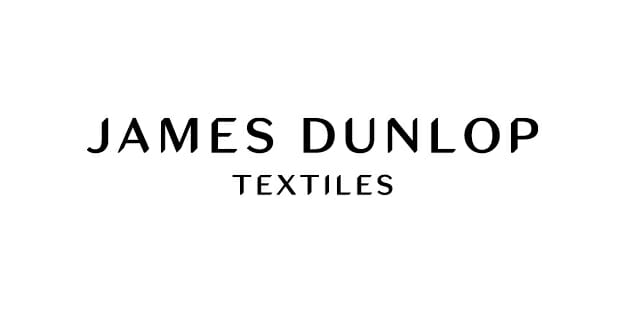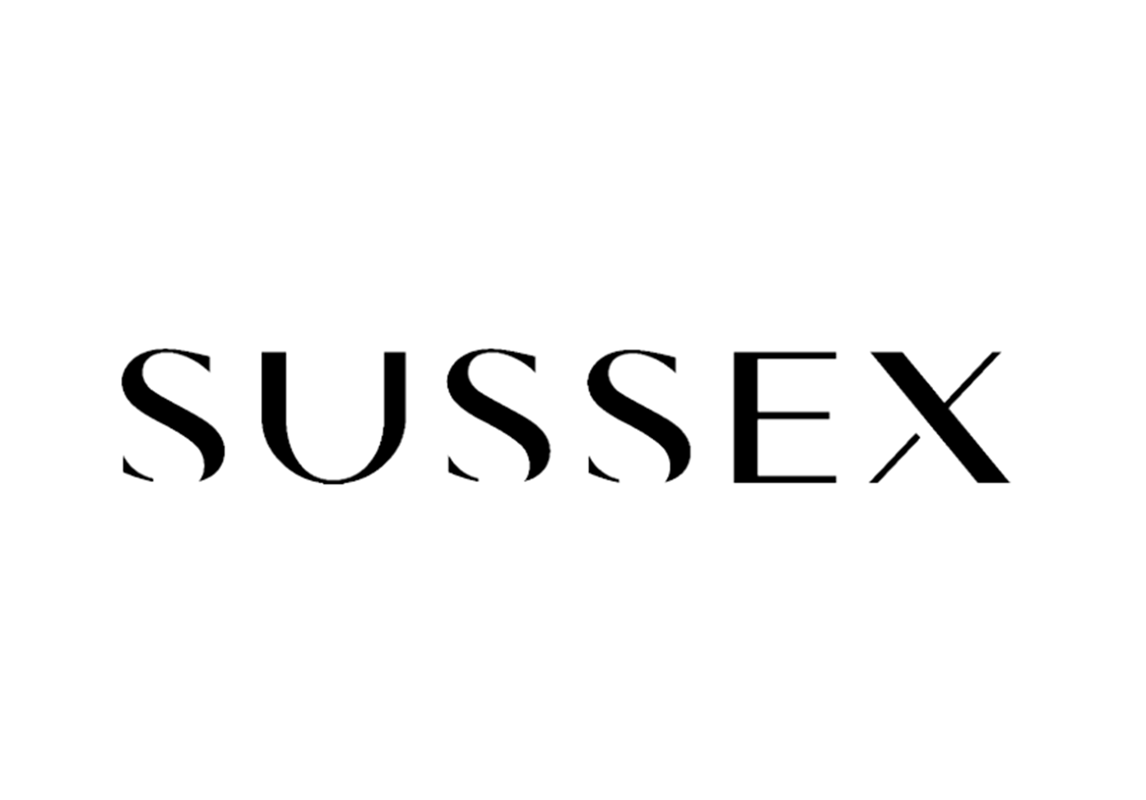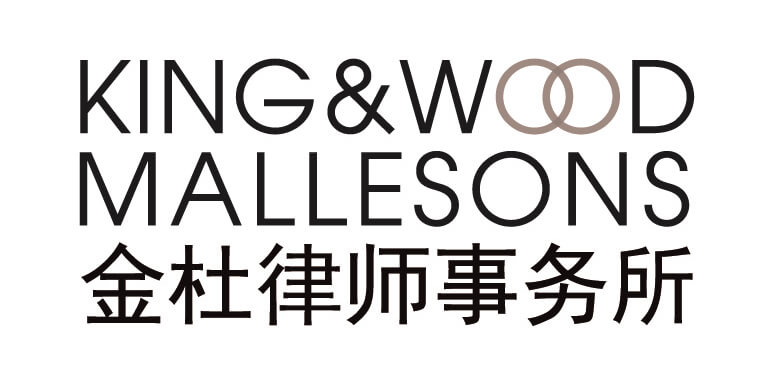Situated in secluded bushland in Eltham, Victoria, approximately 25km from Birraranga/Naarm (Melbourne’s) CBD in the North Eastern suburbs, Garambi Baanj (Laughing Waters) sits within the Shire of Nillumbik (Shallow Earth). The Shire is bordered by Murrindindi Shire in the north, Yarra Ranges Shire in the east, Manningham and Banyule Cities in the south, and the City of Whittlesea in the west.
It is here that InPlace operates the new Garambi Baanj/Laughing Waters Cultural Precinct, inhabiting three heritage buildings, providing a vitally important space for artists and researchers of all disciplines to live and make work in this unique environment.

Senior Wurundjeri Woi Wurrung Elder Aunty Joy Murphy Wandin AO during the inaugural InPlace event at Garambi Baanj/Laughing Waters: ‘A Conversation on Country: Aunty Henrietta Marrie AM in conversation with Aunty Rhoda Roberts AO’. Photo: Meredith O’Shea (The Age)
First Peoples & Primary Partner:
Wurundjeri Woi Wurrung
The Wurundjeri Woi Wurrung People take their name from the Woi wurrung language word ‘wurun’ meaning the Manna Gum (Eucalyptus viminalis) which is common along ‘Birrarung’ (Yarra River), and ‘djeri’, the grub which is found in or near the tree. Wurundjeri are the ‘Manna Gum People’ and their Ancestors have lived on this land for millennia.
InPlace partnered with the Wurundjeri Woi Wurrung Cultural Heritage Aboriginal Corporation in 2018, to work together towards utilising these important buildings for dual artistic and cultural activities.
“The site was given a language name in 2015 at the instigation of Wurundjeri Elder, Dave Wandin. Garambi Baan means “laughing waters” in our traditional language, Woi wurrung. The site at Warrandyte was rediscovered by Campbell Beardsell OAM in 2007 and is one of only a few known remaining iuk (eel) traps on Country once found the length of the Birrarung (Yarra) and the Maribyrnong. Our aquacultural infrastructure was dismantled, taken away from sites and used to build houses, fords and roads by Europeans. The difficult and restricted access to the site is thought to be one of the reasons for its survival. The iuk trap is located within lands managed by Parks Victoria. The Narrap team in partnership with Parks Victoria and Acacia Land Management have been improving the native vegetation with a program of woody weed removal, exclusion fencing and revegetation. Importantly, the team have restored the trap’s infrastructure and have demonstrated its effectiveness.”

This map attempts to represent the language, social or nation groups of Aboriginal Australia. It shows only the general locations of larger groupings of people which may include clans, dialects or individual languages in a group. It used published resources from 1988-1994 and is not intended to be exact, nor the boundaries fixed. It is not suitable for native title or other land claims. David R Horton (creator), AIATSIS, 1996. No reproduction without permission. Acknowledgment provided by AIATSIS.
Garambi Baanj/Laughing Waters Cultural Precinct:
The Houses
The houses comprising the new Garambi Baanj/Laughing Waters Cultural Precinct possess notable historical, architectural, aesthetic and social value (Statement of Significance: Adobe house, outbuilding, Boomerang house and bathing shed, Heritage Council Victoria, 2010, Victorian Heritage Database) with River Bend House (originally the ‘Cuming House’) built in 1968 by renowned architect Alistair Knox, and Boomerang House (sometimes referred to as the Banana House or the Ford House) also designed by Knox and built between 1970-72, whilst Birrarung House was designed and built by local builder Graham Rose and innovative landscape architect Gordon Ford, in 1974, using recycled materials including telegraph poles and utilising local clays. Birrarung and Boomerang houses were home to Gordon Ford and Sue Ford, the acclaimed Australian photographer. Sue Ford made a number of iconic photographic works around Laughing Waters.
Birrarung House
Birrarung is a heritage mudbrick house designed to be harmonious with, and made from, its environment. It was designed and built by landscape designer – and former resident of Birrarung and the nearby Boomerang House (currently condemned) – Gordon Ford, and local builder Graham Rose. Birrarung is comprised of two large bedrooms one with ensuite and both with double beds, one small single bedroom, a main bathroom with shower and bath, a spacious living room with impressively large open fire, a large kitchen/dining room with wood stove and electric stove, an attached light filled studio, large outdoor flat terraced areas and a covered veranda.

An aerial photograph of Birrarung House and surrounding bushland. Photo: John Gollings AM
River Bend House
River Bend was designed by acclaimed architect, Alistair Knox, for Bill and Rosemary Cuming and their daughters Nathalie and Sophie in 1968. The Cumings lived at River Bend from 1969-1971, shortly after this time the Huygens lived at the property until the late ’90s.
River Bend House was acquired by the Victorian Government through Parks Victoria, and in the 2000’s River Bend became the residence of the park ranger. Situated atop an ecologically sensitive escarpment on a bend in the Birrarung (Yarra River), it offers majestic views both up and downstream. In the rapids in front of the house pre-colonial Wurundjeri Iuk (eel) traps remain to this day and can be seen during the summer months. The house is comprised of one large bedroom with ensuite and double bed, two small single bedrooms, a main bathroom with bathtub and shower, a living room with large open fire, a kitchen with wood and electric stove, and stainless steel bench, a dining room with small open fire, an attached studio/workshop with workbench and outside flat terraced areas stepping down toward the river.

An aerial photograph of River Bend House and the Birrarung (Yarra River). Photo: John Gollings AM

River Bend House shortly after construction.
Accessibility
Neither River Bend nor Birrarung are fully accessible, however, River Bend is single level and the most accessible of the houses. Video tours and additional information in numerous formats can be provided with further information around access should you have specific questions around access prior to application.
Gordon Ford
Gordon Ford was a pioneer of the ‘natural style’ of landscape design, planting Indigenous plants instead of European, utilising rocks, boulders and natural ponds, effectively blurring the boundary between the ‘natural’ landscape and the home. Utilising mulch, he created a ‘bush floor’ eliminating the use of English lawns. In the late forties he established his landscape design and construction firm, subsequent to working with Ellis Stones.

Gordon Ford pictured at Birrarung House. Soure: Eltham District Historical Society Inc.
Sue Ford
Sue Ford was one of the most important practitioners in the wave of 1970’s Australian Feminist photographers. She regularly took pictures of friends and family for social and political ends frequently turning the camera on herself. Ford’s raw, simple and personal photographic style was both pragmatic and experimental.
In 1961 Sue worked from a small studio above Ninky’s Tea & Coffee house in Little Collins St., Melbourne. Post her studies in photography at RMIT in 1962 Ford began to invest her practice with the theory that photography was art and not a technical product. This led to a major solo exhibition, Tide Recedes, at Hawthorn City Art Gallery in 1971 and the now famous Time Series solo exhibition at the National Gallery of Victoria and Brummels Gallery in 1974. Fords art practice continued with significant achievements including solo exhibitions at the Art Gallery of New South Wales in 1982, at the National Gallery of Victoria in 1988 and 1994. In 1995 the exhibition Sue Ford: A Survey 1960-1995, curated by Helen Ennis was held at the Monash University Gallery.
Paralleling Ford’s photographic work was her film and video making that began in 1970 with Low Deposit Easy Terms. The iconic film Faces 1976-1996 made with her son Ben featured as an installation at the opening of ACMI, Melbourne in 2003 and was awarded the Best Australian Film at the Melbourne International Film Festival in 1997. Dr. Isobel Crombie, former Senior Curator, Photography NGV, credits Ford with ”breaking significant ground in photomedia work in Australia throughout the later part of the 20th century”.
– Sue Ford Archive

Discussion between Bob Hawke and Galarrwuy Yunupingu, Burunga Festival, Northern Territory 1988 (printed 2015). Sue Ford gelatin silver photograph on paper (sheet: 50.8 cm x 60.5 cm, image: 39.3 cm x 59.7 cm)
Alistair Knox
Alistair Knox who designed River Bend House (the Cumin House) is known as one of the foremost environmental builders of his generation. His work was precipitated by necessity, with the post-war shortage of materials; Knox became renowned for utilising recycled bricks, slate, timber and stone, eventually developing a truly unique style of Australian architecture, and lending credibility to adobe/mudbrick and alternative building techniques.

Alistair Knox. Source: Fairfax Media via Getty Images/The AGE
Graham Rose
Graham Rose who led the construction of Birrarung House, had worked with Gordon Ford in the mid ’60s before becoming a builder in partnership with Michael Manley and Eddie Bateman in 1970. He worked with Alistair Knox for a number of years carrying on a local tradition of employing and training dozens of young people who have continued working in the landscape and building related trades.
History of Garambi Baan (Laughing Waters)
Past & Present
Garambi Baanj (Laughing Waters) is the name for a stretch of the Yarra Valley Parklands consisting of river flats populated by River White Gums (Eucalyptus elata), Manna Gums (Eucalyptus viminalis) and River Red Gums (Eucalyptus camaldulensis), and hilly riparian bushland comprised of red box and stringybark forest. With the Birrarung (Yarra River) flowing through the area, Garambi Baanj has been an important gathering place for tens of thousands of years. For the Wurundjeri Woi Wurrung Garambi Baan is an important site for growing and harvesting food. Significantly, Wurundjeri iuk (eel) traps remain in the river at Garambi Baanj to this day.
Recent Past
The Melbourne Metropolitan Board of Works began purchasing properties along the river in the area, including along Laughing Waters Road, in the mid 1970s, to preserve vulnerable habitats for threatened and endangered species of birds, mammals, insects and plants. Although undertaken by the Melbourne Metropolitan Board of Works, this was essentially an extension of Sir Rupert (Dick) Hamer AC’s vision, initiated when he was Minister for Local Government, between 1964 to 1971, for the establishment of ‘Green wedges’ – the ‘lungs of Melbourne’ – following both sides of Melbourne’s waterways and ultimately comprising six new parks spanning 5000 hectares.
An artist-in-residence program was first established at Garambi Baan/Laughing Waters in the late 1990s as the ‘Melbourne Parks and Waterways Artist in Residence Program’. The residency’s inaugural curator was Founding Director of Heide Museum of Modern Art (MoMA) and inaugural Director of TarraWarra Museum of Art, Maudie Palmer AO – a current InPlace Strategic Advisory Group and Board member. Maudie remembers the significant creative activity here when Sue and Gordon Ford, amongst many others, resided at Laughing Waters, ‘[t]he thing I liked most about the Laughing Waters houses was the exquisite location, the association with Alistair Knox and Gordon Ford, and the remarkable buildings, there was always a lot of talk at Heide about them’.
Parks Victoria then acquired Birrarung and River Bend houses in 1999 and 2003 respectively, forming a partnership with Nillumbik Shire Council to operate a residency program for artists. The program was discontinued by Council in 2015, with the buildings left abandoned and non maintained by the State Government, until InPlace devised a restoration plan, partnered with the Wurundjeri Woi Wurrung Cultural Heritage Aboriginal Corporation, secured a planning scheme amendment, infrastructure funding and, finally, lease renewals from Parks Victoria – thus halting their advancing deterioration and inevitable condemnation, and securing them for future generations.

A significant site at Garambi Baan marked by a series of Wurundjeri Woi Wurrung scarred trees, undertaken in 2015 when the site was formally given a Woi wurrung language name. Photo: Eugene Howard
Major Donors
Major Partners
Industry Partners
Supporters
Sponsors
Get in Touch
To discuss partnerships, residency opportunities, sponsorships and more, please contact InPlace by filling out the form.
The Friends of Garambi Baan/Laughing Waters Volunteer Group:Â Please get in touch if you would like to join the list of Friends of Garambi Baan/Laughing Waters Volunteer Group. This group may be called upon for a range of maintenance tasks, conservation work, or to support delivery of special projects and events.

